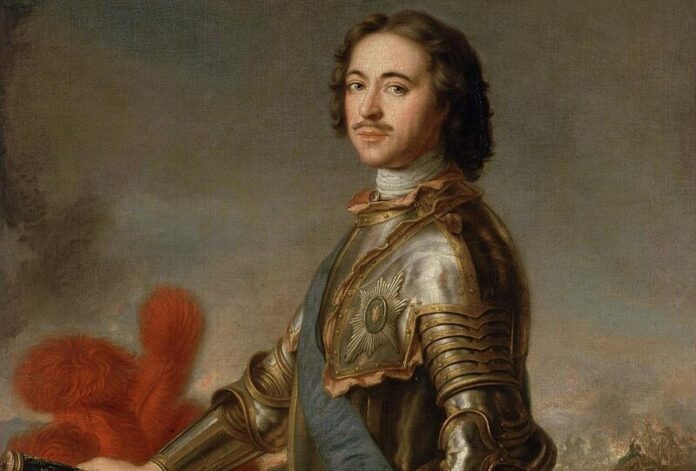The Tsars of Russia, rulers of the vast and enigmatic Russian Empire, wielded immense power and influence over the course of centuries, leaving an indelible mark on history. From the rise of the Romanov dynasty to the tumultuous events of the Russian Revolution, the reigns of the Tsars were characterized by grandeur, ambition, and occasionally, scandal. Here are three super interesting facts about the Tsars of Russia.
The Founding of the Romanov Dynasty
The Romanov dynasty, which ruled Russia from 1613 to 1917, was founded by Michael I, the first Tsar of the Romanov line. The dynasty’s ascension to power followed a period of political upheaval known as the Time of Troubles, during which Russia was plunged into chaos and civil war following the demise of the Rurik dynasty. Michael I, a descendant of Ivan the Terrible’s aunt, was elected Tsar by the Zemsky Sobor (Assembly of the Land) and inaugurated a new era of stability and centralized rule. The Romanov dynasty would go on to preside over a transformative period in Russian history, overseeing territorial expansion, cultural flourishing, and profound social change.
The Westernization of Peter the Great
Peter the Great, one of Russia’s most influential and visionary rulers, embarked on a radical program of modernization and reform during his reign from 1682 to 1725. Determined to propel Russia into the ranks of Europe’s great powers, Peter implemented sweeping reforms aimed at modernizing the military, economy, and administration. One of his most enduring legacies was the establishment of St. Petersburg, Russia’s “window to the West,” as a new capital and cultural center modeled after the great cities of Western Europe. Peter’s relentless pursuit of Westernization revolutionized Russian society, laying the groundwork for its emergence as a major player on the world stage.
The Last Tsar and the Russian Revolution
The reign of Nicholas II, the last Tsar of Russia, was marked by profound challenges and ultimately, tragic downfall. Nicholas II ascended to the throne in 1894, inheriting a vast and diverse empire grappling with internal unrest, social inequality, and economic instability. His autocratic rule and resistance to political reform fueled discontent among the Russian populace, leading to widespread unrest and revolutionary fervor. The outbreak of World War I further exacerbated Russia’s woes, culminating in the February Revolution of 1917, which forced Nicholas to abdicate the throne. The subsequent October Revolution, led by the Bolsheviks under Vladimir Lenin, spelled the end of the Romanov dynasty and the establishment of the Soviet Union.

